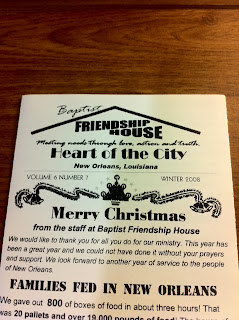
Bench for bar bells

Stationary bike

Dumbbells and free weights storage

Mat for stretching with graded rubber stretch bands

Token incentive system
Developing a Ten Station Inexpensive Barbell
and Dumbbell Resistive Exercise Training Program
With Stretching Including an External
Incentive System for “Young” Senior Adults
1.
Select six permanent exercises, one for each
major muscle group, two resistive exercises (RE) from 10 rotating RE exercises, and two mat stretches such as hamstrings
and neck/hips. (Buy a book or use
internet. Be cautious of RE systems for
“old people.” The authors sometimes
patronize older adults. Gerontologists
label those 65 to 75 as “young old.”
Young old are not usually building “six pack abs” but attempting to
maintain strong muscles for elevating the metabolism and for balance and
posture. Thus a ten station RE program
lasting less than an hour is ideal for this goal.
2.
The major muscle groups include the back, upper
arms, shoulders, chest, thighs, and abdomen. Use books or internet to select one RE for
each muscle group. Sometimes a given RE
will exercise more than one muscle group.
3.
Use a set/repetition/intensity/duration
formula. For example, two sets, of eight
repetitions, at 65 lbs, 3 days a week
using barbells to do “bench press.”
4.
Resistance is increased by adding more
repetitions, more weight, or optionally,
additional sets. One set is
performing a RE 8 times. Intensity is
the amount of weight in pounds lifted once.
The eighth lift should exhaust the muscle so that a ninth lift would be
very difficult. Wait one minute and
complete the second set of the RE. Duration
refers to three RE workouts a week with at least one day of rest between
RE bouts.
5.
Reps formula by muscle groups
a.
“How many reps formula” for most muscles groups (chest, back, shoulders, upper
arms) begins with 8 repetitions, then 10, stops at 12, then resistance is
increased by adding more weight in five
pound increments.
b.
Abdominal muscles, repetitions gradation are 25-50,
51-75, 76-100 reps (sit-ups is an example)
c.
Stretches can start with 4 repetitions (see
instructions from book or internet)
6.
For each weight selected, determine starting
“intensity” using approximately30% to 40% of total body weight. For example,
180 lbs times .35% = 63 lbs. Because the standard 6’ bar weighs approximately 15 lbs., round up to 65 lbs. so
as to keep balance when adding two ten
lbs weights for a 65 lbs total lift. The
lifter should be able to lift this 8 times, rest one minute, and complete a
second set.
7.
Perform stations according to renderings and
instructions of selected exercises placed on a weight room bulletin board.
8.
Build a home gym with a bench, barbells,
dumbbells, floor mat, rubber stretching
strap, bulletin board, & flexibility rubber strap ; or join a gym. Used equipment bought through newspaper ads
or garage sales is a good way to start.
9.
Develop a reward system based on “participation”
and “performance.” But allow participation to be the main source
of the incentive system with performance providing nominal bonus points.
10.
A sample scientifically validated
extrinsic-based incentive system follows:
a.
For a resistive exercise workout, perform six
permanent, two rotating, and two stretches for a total of ten exercises. Each station performed twice (two sets) according
to formula receives one point; thus, a fully completed 10 station work-out
earns ten points.
b.
One bonus point may be obtained by increasing
the exercise by two reps.
c.
One bonus point may be obtained when adding
weights to one of six permanent exercises. ( See one above)
d.
Plateaus include 100 points, 250 points, 500
points, and 1000 points
e.
Rewards: (points are accumulative, that is the first
one hundred points gains a modest reward but the 100 points continue to
accumulate toward the 250 point plateau where a more significant reward is
gained; then 500; then 1000 and start over.
Create your own specific rewards
from modest to major.)
i.
100 points: i. movie ii. Trip to Barnes and
Nobel iii. A new book, iv. other
ii.
250 points: i. 3 star restaurant , ii. A traveling Broadway show, iii. other
iii.
500 points: i. power tool from Sears/HD/Lowes, ii.
Out-of-town trip, iii, other
iv.
1000 points: i. major destination trip, ii. New
weight system for the gym, iii. other.















